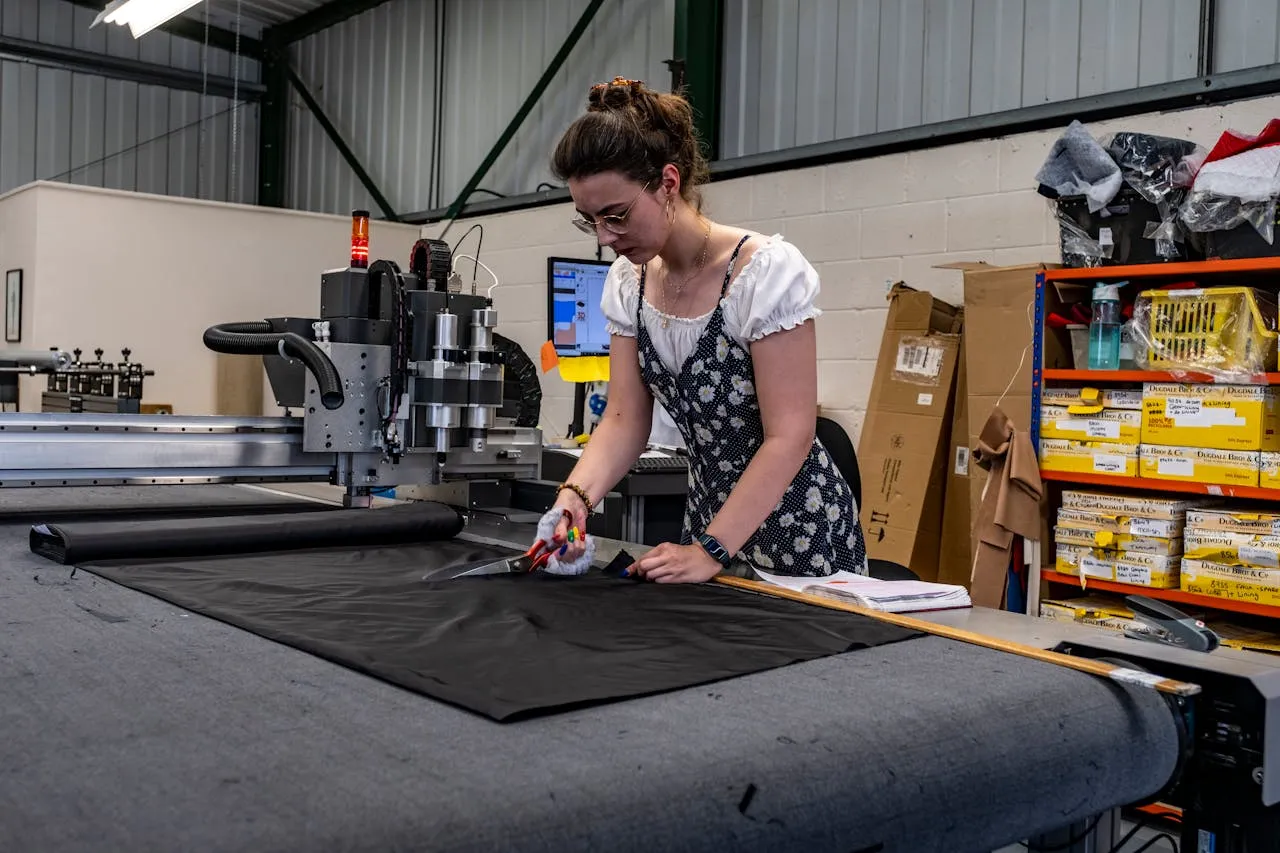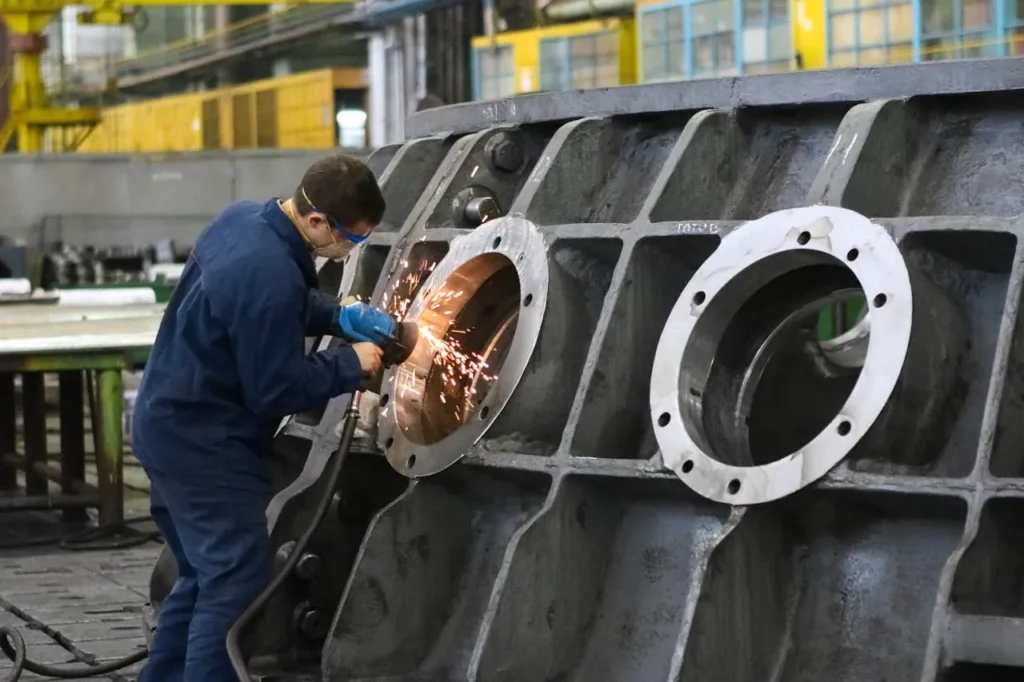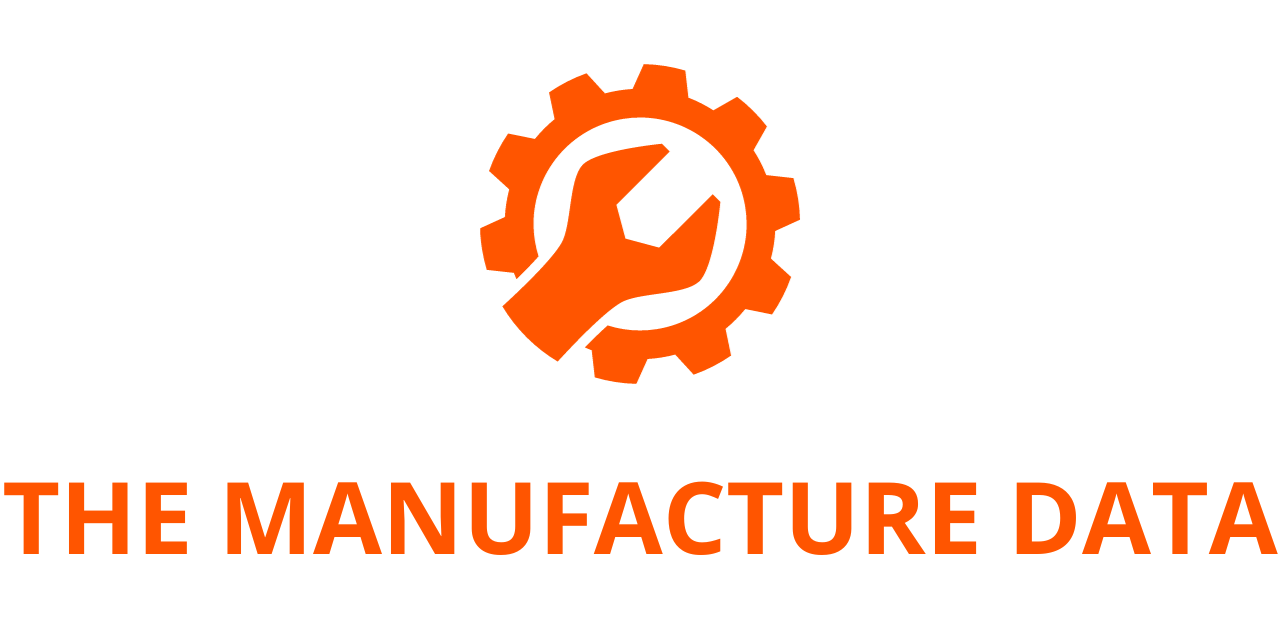
UK Manufacturing Sector Faces Continued Downturn as 2025 Begins
The UK manufacturing industry is grappling with a persistent downturn, as the latest data reveals a continued decline in output, employment, and new orders for the first month of 2025. According to the latest seasonally adjusted S&P Global UK Manufacturing Purchasing Managers’ Index™ (PMI®), the sector posted a reading of 48.3 in January, slightly up from the previous month’s 47.0—its lowest level in 11 months. Despite this minor uptick, the data signals that the sector remains firmly in contraction, marking the fourth consecutive month of negative growth.
This persistent slump has raised concerns within the industry, with experts pointing to weak demand, lackluster business and consumer confidence, and rising input price inflation as key factors driving the downturn. These issues have placed significant pressure on manufacturers, with many finding it increasingly difficult to maintain output levels and employment figures.
Continued Decline in Demand
The primary factor behind the downturn is a sustained drop in demand for manufactured goods, both domestically and internationally. The weak market demand has been compounded by ongoing economic uncertainties and a deteriorating global outlook. Manufacturers have reported that business confidence remains fragile, with many facing a challenging environment due to increased costs and a lack of new orders.
The continued fall in new business levels was a notable feature of the January data, with manufacturers indicating that they had scaled back on non-essential expenditure in response to rising operational costs. One significant development contributing to this has been changes in the minimum wage legislation and an increase in employer national insurance (NI) contributions, which have placed additional financial pressure on businesses. As a result, manufacturers are being forced to reconsider their spending and investment priorities, particularly in areas where demand is weakest.

Rising Costs and Inflationary Pressures
Another key concern for the manufacturing sector is the sharp increase in input price inflation. The latest PMI figures revealed that input costs had surged to a two-year high in January, a reflection of growing pressure on manufacturers’ cost structures. With weak demand and rising costs, many companies are finding it difficult to pass on these price increases to customers without risking further reductions in sales.
The changes in national wage legislation, coupled with increased employer NI contributions, are expected to continue pushing up operating costs for manufacturers. These cost increases are exacerbating the difficulties faced by the sector, as manufacturers struggle to maintain profitability amid weakening demand. The rise in inflationary pressures also suggests that the cost of production may continue to climb throughout 2025, further straining the financial stability of UK manufacturers.
Challenges for Smaller Manufacturers
The downturn is being particularly hard-felt among smaller manufacturing businesses, which are facing greater challenges in managing costs and maintaining output. According to Rob Dobson, Director at S&P Global Market Intelligence, the decline in output and new orders is being most acutely felt by small companies. These firms are often less equipped to absorb the higher costs associated with rising wages, national insurance, and inflation. Larger manufacturers, on the other hand, have fared somewhat better, with some experiencing a recovery in output and new orders in January, although they too face significant headwinds.
Despite the slight improvements seen in larger firms, the overall outlook for the sector remains bleak. Dobson notes that weak demand conditions, both at home and abroad, and rising cost pressures suggest that a recovery is unlikely in the immediate future. Business optimism remains close to its two-year low, with many manufacturers struggling to foresee any near-term improvement in the market conditions. As a result, confidence within the sector remains subdued, with companies bracing for further challenges in the coming months.
Expert Perspectives on the Sector’s Struggles
Maddie Walker, Industry X Lead at Accenture, offered her insights on the ongoing challenges faced by the UK’s manufacturing industry. She pointed out that three consecutive months of contraction have placed a heavy toll on the sector, exacerbated by spiraling costs, uncertainty, and declining export demand. Walker emphasized the need for manufacturers to adopt transformative technologies to enhance the efficiency and resilience of their supply chains. As part of the Chancellor’s Plan for Change, the UK government has called for the advanced manufacturing sector to play a pivotal role in driving national economic growth. However, Walker believes that in order to contribute to this growth, manufacturers must not only focus on embracing innovative technologies but also invest in upskilling their workforce to effectively use emerging technologies like robotics and AI.
Similarly, Ginni Cooper, Manufacturing Partner at MHA, highlighted the precarious position of the manufacturing sector. While the decline in output has shown some signs of slowing, Cooper noted that the sector remains in a fragile state, beset by a combination of increasing labor costs, weak domestic and EU demand, and concerns over future tariffs from the US. These challenges have made it increasingly difficult for businesses to maintain competitive pricing, leading to inevitable price increases for customers.
However, Cooper did offer some cautious optimism, pointing to the preparation many manufacturers are making for the upcoming tax rises expected in April. As long as there are no unexpected changes to employment or corporation tax rates, manufacturers may be able to plan with greater stability and confidence. Additionally, Cooper expressed hope that the launch of the long-awaited Industrial Strategy, due to be announced in March, could galvanize the sector. The potential for interest rate cuts throughout the year, both in the UK and the EU, could also provide some relief for manufacturers. While the immediate future remains uncertain, these developments may help pave the way for better conditions down the road.
Looking Ahead: A Challenging Path to Recovery
While there are a few glimmers of hope, the road to recovery for the UK manufacturing sector is expected to be long and difficult. The combination of weak demand, rising costs, and ongoing economic uncertainty suggests that manufacturers will continue to face significant challenges in the short term. Nevertheless, industry leaders remain hopeful that strategic investments in technology, workforce development, and innovation could help manufacturers navigate these difficult times.
As the UK prepares for the expected tax rises in April, many manufacturers are taking a cautious approach to planning for the future. The launch of the Industrial Strategy and the possibility of interest rate cuts may provide some much-needed stability, but the key question remains: when will the sector begin to recover? The next few months will be critical in determining whether the UK manufacturing industry can overcome the challenges it currently faces or if the downturn will continue to weigh on the sector for much longer.
Ultimately, the manufacturing sector’s ability to adapt to the evolving economic landscape, embrace new technologies, and navigate rising costs will be essential in determining its future. The coming months will be crucial in shaping the path forward for UK manufacturers, with many hoping that the worst of the downturn is behind them, even if the full recovery is still some way off.




